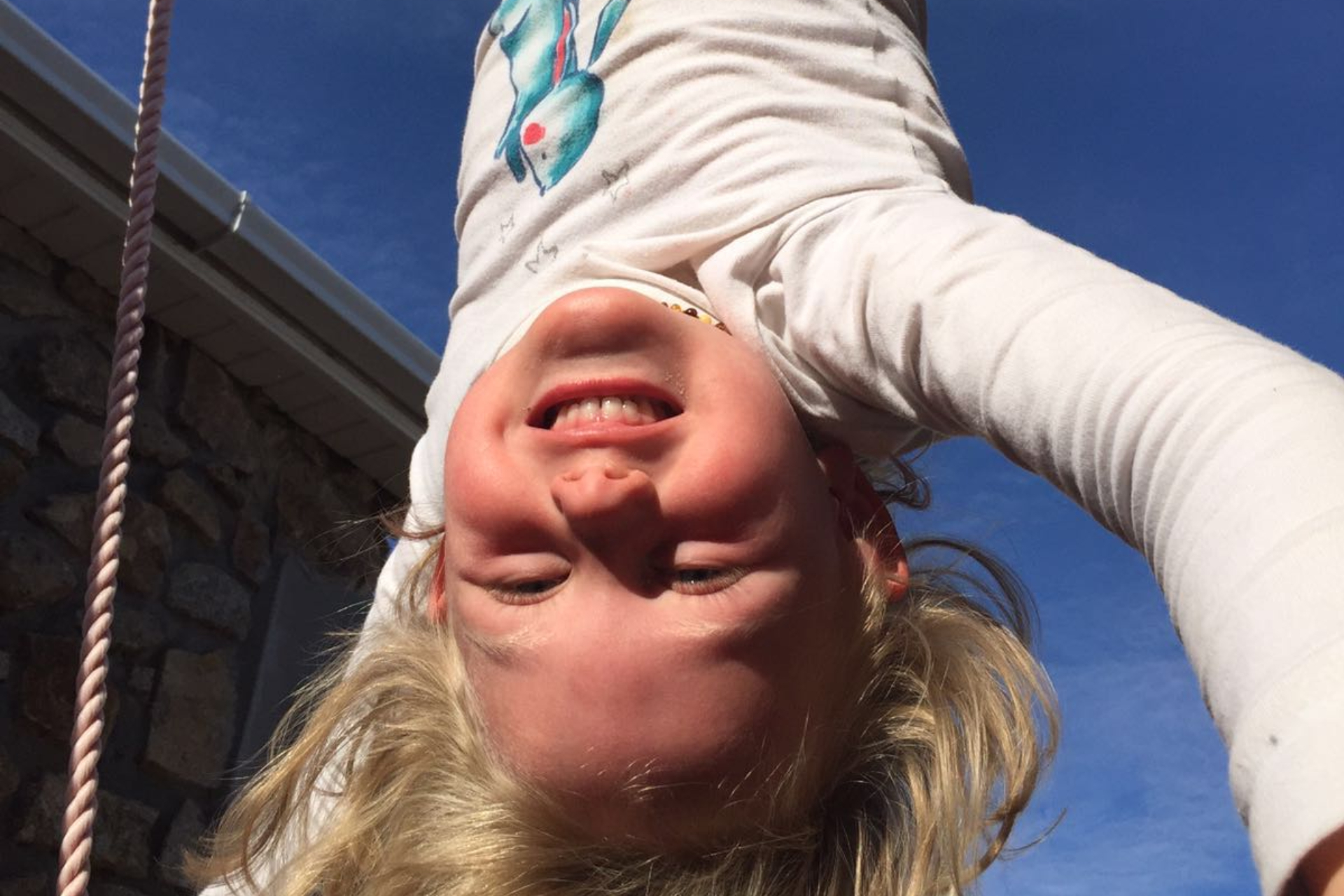Physical literacy matters because children learn through their body
The question why does physical literacy matter is important because it lays the foundation of literacy, creativity, and learning for a child. One definition of physical literacy by Whitehead is, “the ability to use the body as an instrument of expression and creativity.”
Underlying physical literacy are fine motor skills that allow creativity and cognitive development which support creativity and abstract reasoning. Physical literacy is the creative use of the body rather than the structural use of the body. It helps gross motor skills to develop, allows the developmental of fine motor skills, and gives the child the ability to cope with the demands not only of the educational system but the world. For example, if a child finds it difficult to move the body in a simple sequence, they find it hard to work out abstract sequencing such as timetables. Physical literacy asks the question, does the child have the equipment to cope with the demands of the education? It is the ABC of the body and provides the system of balance which is vital for learning. It helps the eyes to track so they can track the words on a book. If you can’t use your body in the way you want, it leads to poor organisational skills
Physical literacy is linked to self-esteem and self-confidence since the inability to move the body in the way a child wants to leaves them feeling insecure in the physical world. It establishes directional awareness b/d p/b and is an internal compass. It helps the child to know where the body is in relation to the world. It is their sense of security necessary to provide a reference point for physical and mental operations in space (a quick gate away).
Physical literacy helps to gain a confident relationship with gravity—not just preparing for literacy—but coping with the world, getting correct info from the body, expressing creativity, and freeing the higher centres for learning. Poor physical literacy points to an immature central nervous system, and research has shown it to be linked to underachievement, behavioural issues, and retained primitive reflexes.
Physical literacy is disrupted by retained primitive reflexes which lay the foundations of how physically literate a child is, to how they behave, and even how they think and even read. The integration of primitive reflexes provides a solid foundation for the nervous system to develop. If these primitive reflexes are retained, the underlying foundation is unstable, and it can cause issues from cognitive and learning problems to emotional, mental, and behavioural issues. If physical literacy is compromised by retained primitive reflexes, it leaves the child feeling out of control and often acting as such since they cannot physically organise their body. Lack of integration of primitive reflexes means they can easily become stressed and that affects how they behave and think. In fact, retained primitive reflexes have an overall impact on a child’s life and can affect even the ability to read.
How can the Child Centre method help?
The Child Centre Method is a “systematic integrated programme that allows the practitioner to firstly identify the individual challenges that each child/client faces and secondly, to create a unique program for that individual.” By training to use this unique and effective holistic therapy you will be able to help children to integrate primitive reflexes. As a result, the child will be more emotionally stable, calmer, and happier. To find out more click on full course training or book to train to.


